How to buy a vlogging camera
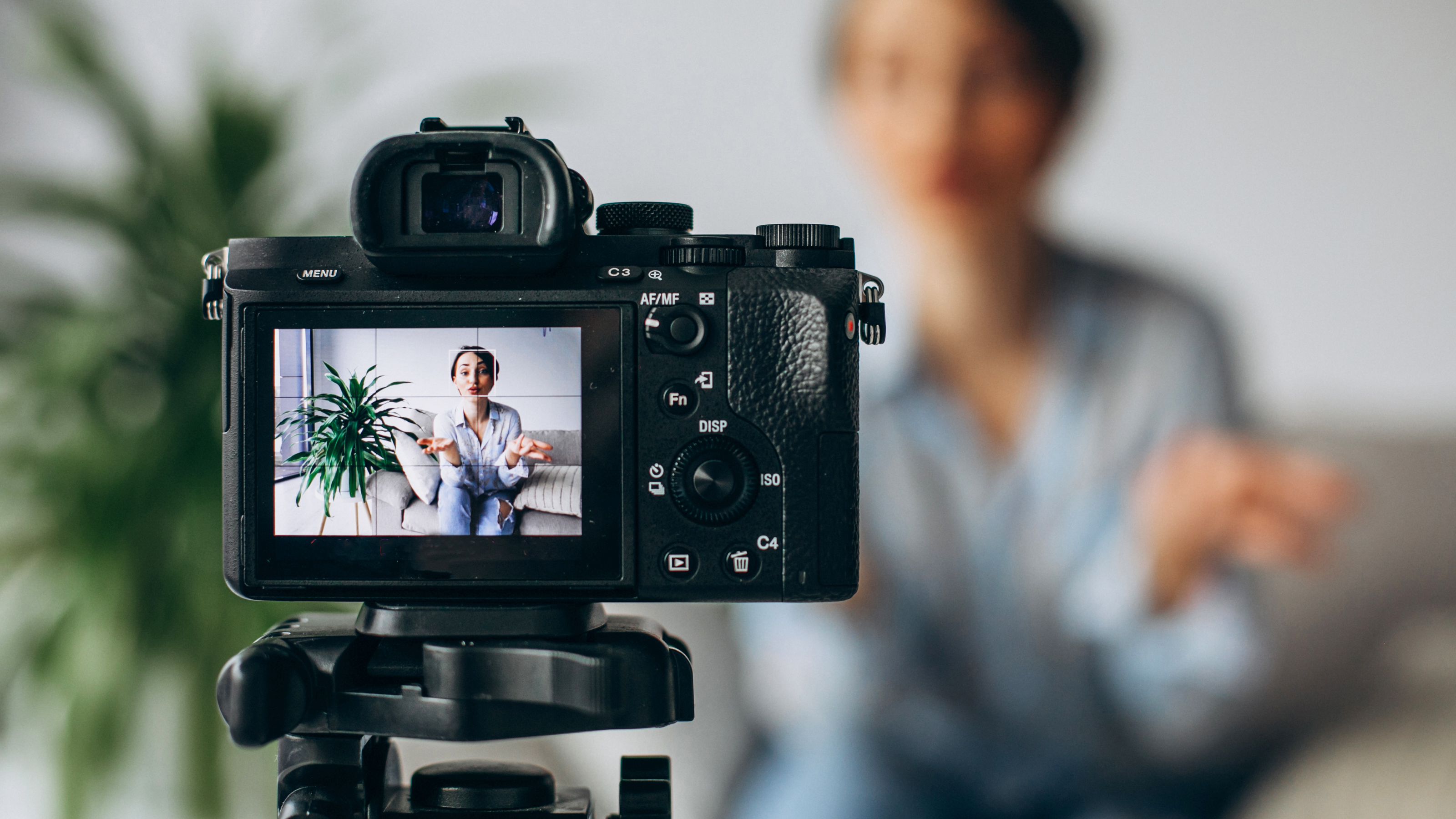
Vlogging has become a simple way to chronicle your life, work, or hobby, whether you’re doing it for fun or with aspirations of online stardom. Influencer culture has made vlogging a viable business venture for many, but the art form has actually been around for decades. It's never too late to get started, though, so in this guide we're going to show you how to choose the best vlogging camera for you.
At its most basic level, vlogging consists of talking to a camera, and you can probably get started with tech you’ve already got – a phone that’s connected to the internet. To level up your setup, though, a dedicated camera like a premium compact, mirrorless or DSLR, can help you improve your video quality, improve sound clarity and give you control over manual video settings.
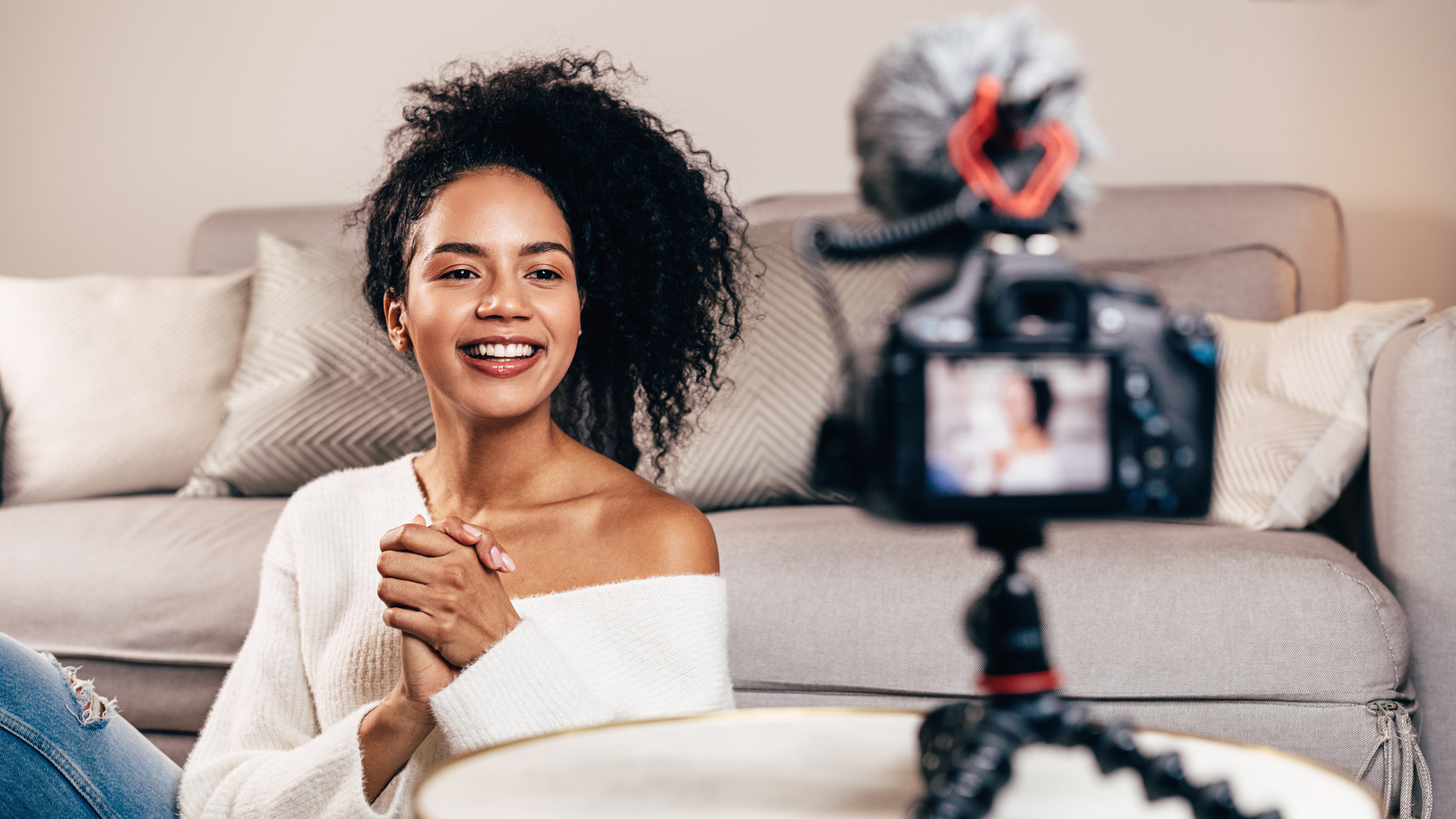
To realize your vlogging vision, there’s a good chance you’ll want more than just a fancy camera in your filmmaker’s arsenal. If you’ve got a camera that takes interchangeable lenses, you’ll want a few different focal lengths to create variation in style and framing – no one wants monotonous-looking video, after all. Lights are also a must to help your personality shine through, and microphones, tripods, and editing tools all add that extra polish to your finished product.
Before you pick a vlogging camera and these accessories, you should firm up key aspects of your vlogging goal, so you can buy the right kit the first time around. To start with, we'll be going over choosing what to vlog and where to publish, but if you just want advice on which kind of vlogging camera to buy, jump to the 'Types of vlogging camera' section using the links on the left.
1. Deciding what to vlog
Whether you want to capture footage of yourself vlogging everyday as you navigate real-life – mooching around the house, taking city breaks or trips with friends – or going to gigs and festivals, knowing what you want to vlog will help you figure out what kind of setup you need.
For someone who’s out and about without a camera bag to hand, lightweight solutions will be the best kit to start with. An action camera like the GoPro Hero 10 Black or a premium smartphone like the iPhone 13 Pro could be a great start – though you’ll probably want an external audio recorder or a microphone to make sure your voice is heard.

If your vlog will be more focused on image quality and aesthetics and based indoors – makeup or fashion, for example – then a room or space with controlled lighting and a dedicated camera, like the mirrorless options below, will be ideal.
Sign up for breaking news, reviews, opinion, top tech deals, and more.
Other things to consider are: will you be editing your footage or posting one-take vlogs online? How long will your vlogs be? Do you want to have different styles of vlog videos or just one – for example, interviews with other people, group vlogs, or just you? The more people you want in frame, the wider the camera field of view should be.
Once you’ve firmed up some of your vlogging specifics, you can decide where your vlogs will live.
2. Where to publish
Usually, people assume vloggers live exclusively on YouTube, but the internet is vast, and YouTube is one of many destinations for your videos.
Where you plan on posting your videos will dictate a few things about your content – how long it’ll be, whether or not it needs to be live-streamed, and the aspect ratio it needs to be output in (in other words, will it be a square or rectangular video).

If you’re a gaming vlogger, then a live-streaming setup will be the obvious option so you’re Twitch-ready. One of the best options for that right now is the Panasonic Lumix GH5 II (above).
Instagrammers, meanwhile, should start with a smartphone with a view to boosting quality by upgrading to a dedicated camera, while YouTubers should pick their kit based on the type of footage they’re planning to shoot, along with their budget and editing strategy.
2. Choosing your vlogging style
Once you know what you’ll be posting and where it will live, your camera buying decision will largely be swayed by what you want your footage to look like. For cinematic, premium-looking content that has a soft, blurry background and a crisp face in the frame, one of the best mirrorless cameras is the way to go, though a DSLR or cinema camera could also fit the bill.
Super-wide angle and on-the-go, dynamic-looking footage is usually captured on an action camera like the GoPro Hero 10 Black or the DJI Action 2. Most smartphones these days sport ultra-wide-angle lenses, and some, like the OnePlus 10 Pro and Realme GT 2 Pro get as wide as 150 degrees – perfect for fisheye-style capture. This kind of rough-and-ready style can give your videos a more personal feel.
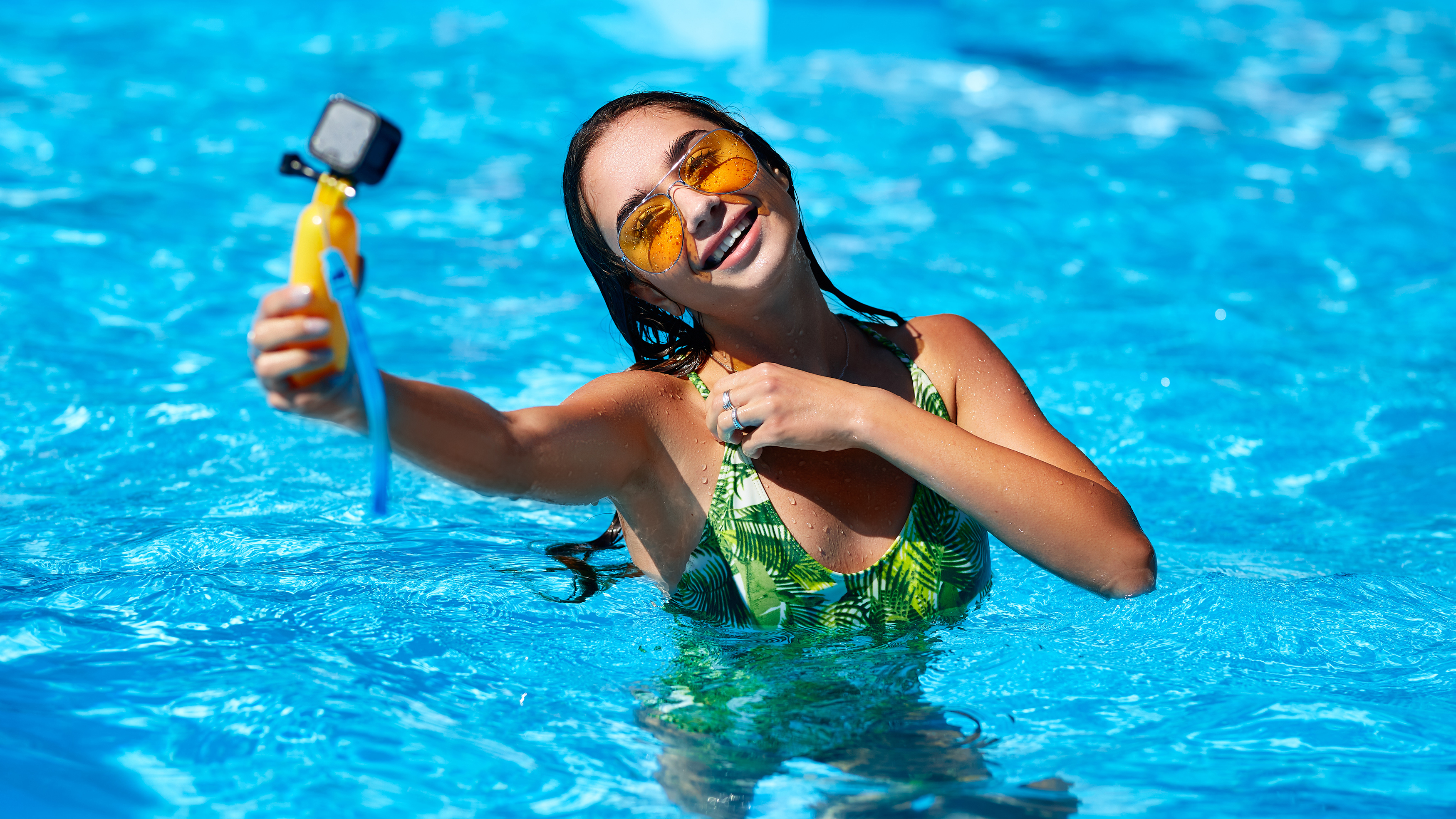
If you don’t want to shell out cash before practicing your vlogging, you can try recording your first few vlogs on your webcam – after all, most of us have had enough practice chatting to our screens over the last few years. Some webcams like the impressive Elgato Facecam have even been designed with live-streamers in mind.
Before deciding on your vlogging setup budget, the final thing to think about is how you plan on editing your footage – if you want to edit it at all.
Android and iOS smartphones support basic video editors, either natively or with third-party apps like Kinemaster. If you have an iPad or Samsung Galaxy Tab S8, LumaFusion is a brilliant big-screen option. Alternatively, macOS users can use apps like iMovie or Final Cut, while Windows users can install Adobe Premiere Pro or other options like Lightworks, which is currently top of our guide to the best free video editing software.
3. What are the different types of vlogging camera?
- Smartphones
The obvious starting point, your smartphone likely has a couple of cameras that can get you started on your vlogging journey. While you’ll probably want to use your selfie camera when you get started so you can see yourself, the main camera around the back will be the one that can capture higher-quality footage.
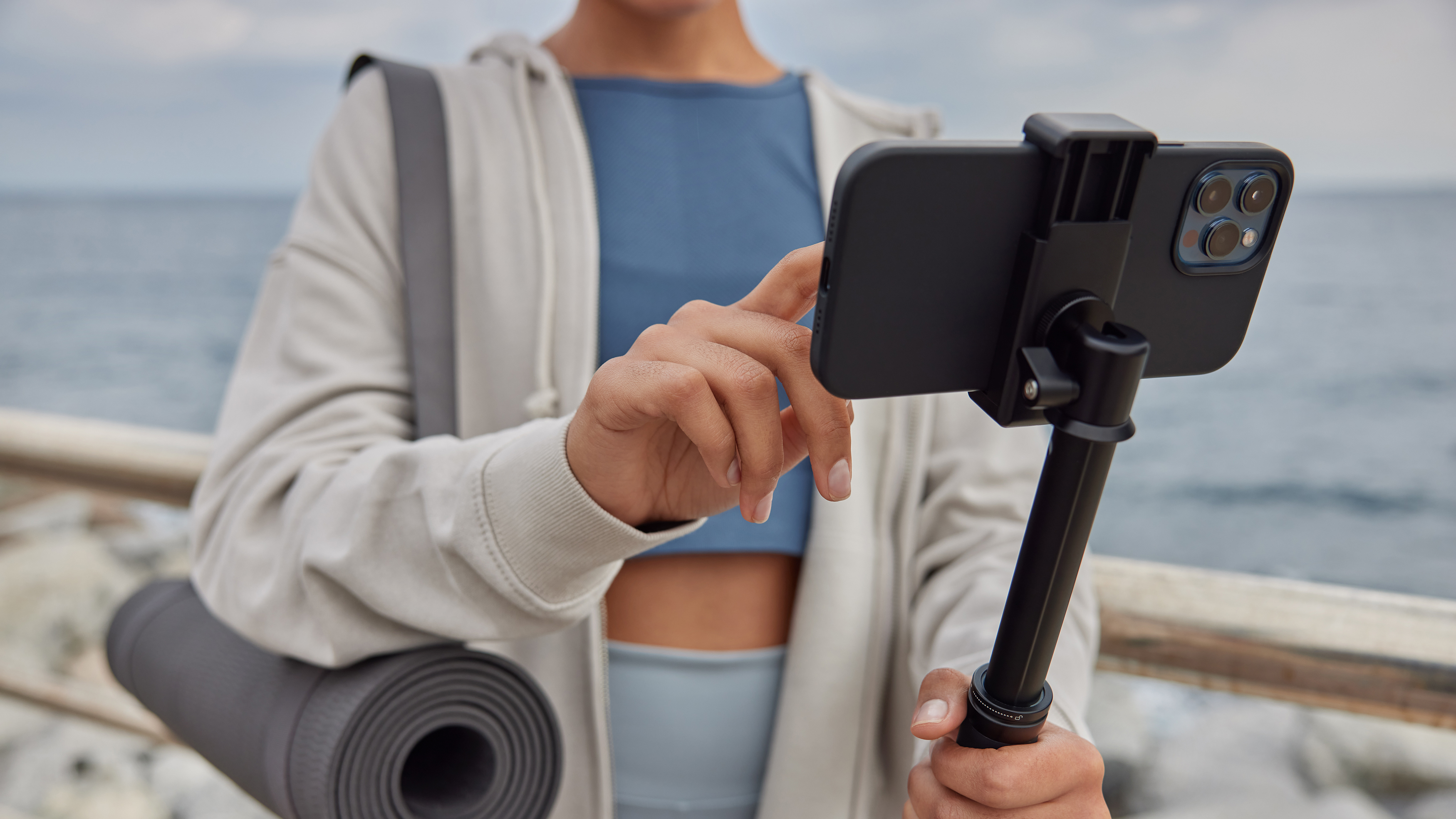
Some phones like the Samsung Galaxy S22 Ultra and iPhone 13 Pro Max also mimic the shallow depth of field captured by DSLRs blurring out the background, albeit with varying degrees of success.
- Compact or bridge cameras
With smartphone sensors getting so big – the Xiaomi Mi 11 Ultra’s is almost an inch, which is larger than many compact camera sensors – you might question the need for a compact or bridge camera. That said, with superior optics, optical zooms, and way more control over your video settings, there are plenty of reasons compact and bridge cameras are great for vloggers.
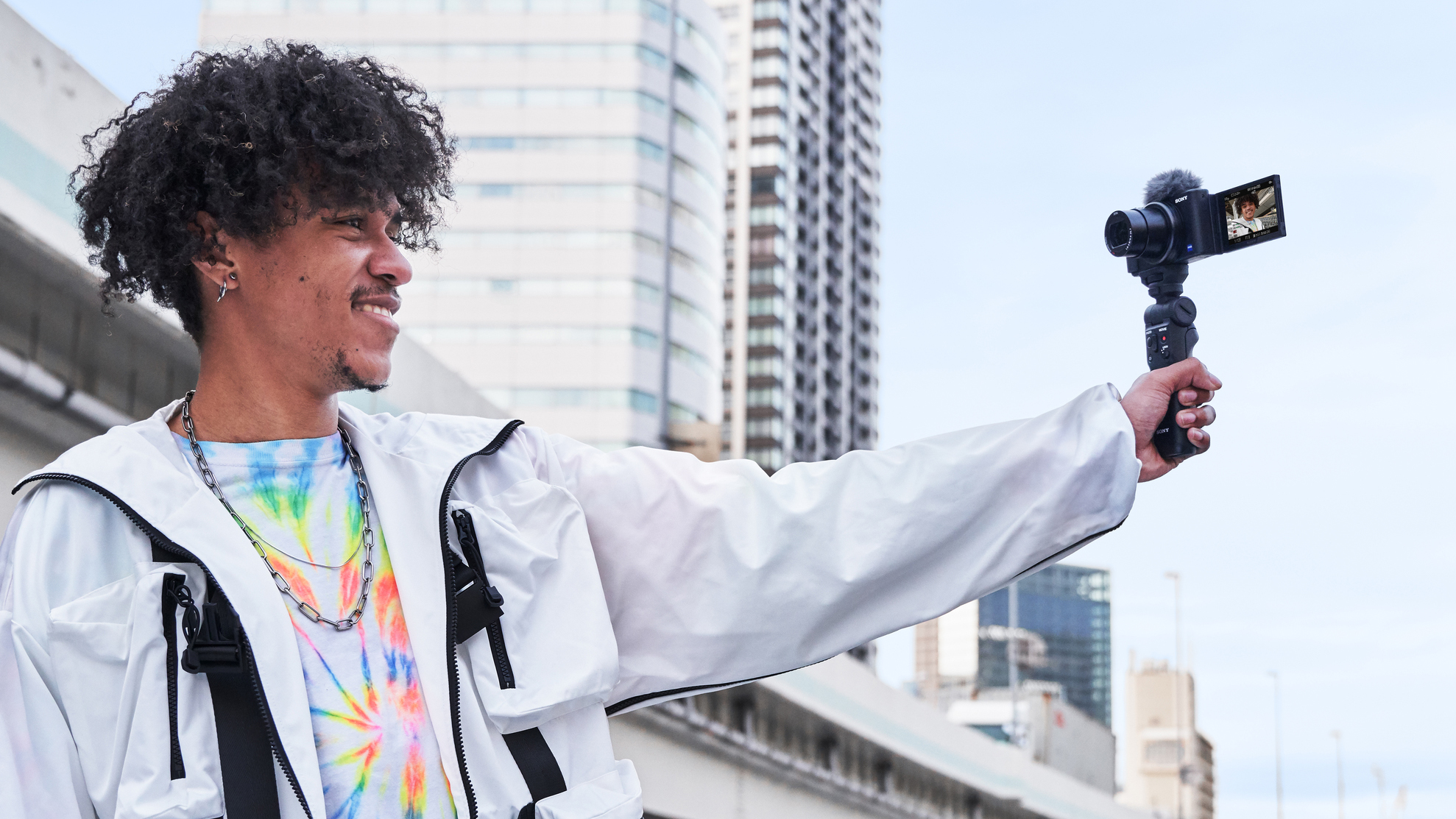
Pick up a Sony ZV-1 (above), for example, and you get a big 1-inch sensor, a flip-out articulating display, external sound inputs as well as full manual control. Alternatively, travel vloggers would benefit from the incredible reach of a bridge camera like the Sony RX10 IV, with its 24-600mm lens. It remains a unique choice that doubles as an excellent travel camera.
- Mirrorless cameras
If you want a natural-looking background blur, which softens the background and adds a premium, warm quality to your vlogs, you won’t be able to capture it easily unless you opt for a large sensor.
The most popular vlogging option for dedicated YouTubers is mirrorless cameras. These strike a great balance between performance and portability, support interchangeable lenses so capture a range of styles, and feature large Micro Four Thirds, APS-C, or full-frame sensors.

Some of the best mirrorless cameras for vloggers include the Panasonic GH5 Mark II for loads of control over your clips and nice, sharp 4K video, the Fujifilm X-S10 for a more affordable APS-C alternative, the Sony ZV-E10 above (if you can find it in stock) or the full-frame Canon EOS R6, which doubles up as an excellent stills camera.
- DSLRs
Despite mirrorless cameras being all the rage and generally quite compact options, DSLRs still have a place for would-be vloggers.
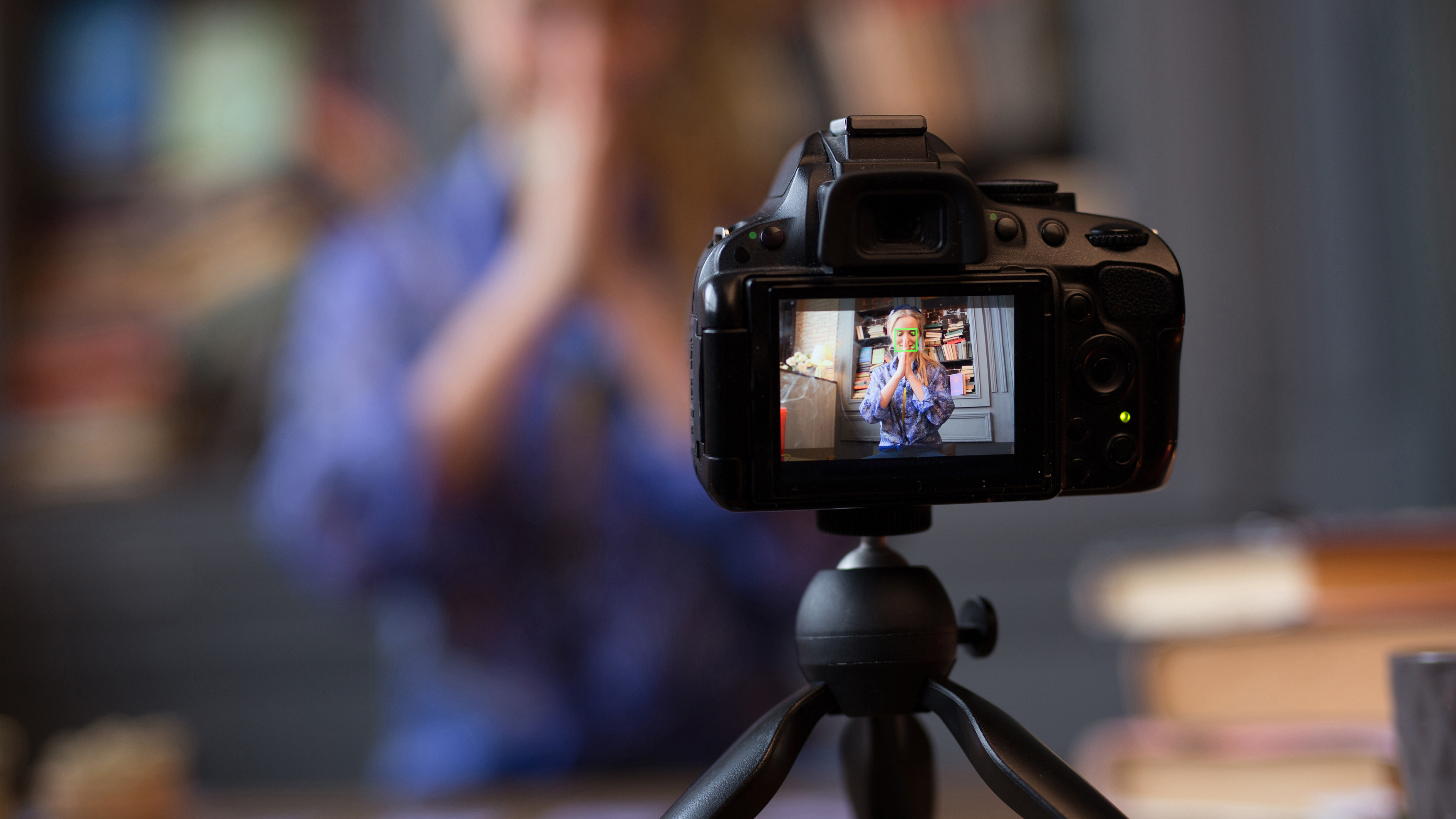
Flagship DSLR cameras like the Canon EOS 5D Mark IV will almost definitely be overkill for most, but second-hand options like the Canon EOS 70D, which captures decent quality Full HD footage, even by today’s standards, are attractive for anyone who wants to balance affordability and quality, without the need for 4K resolution.
- Action cameras
If video quality and shallow depth of field aren’t your goal, but you live an adventure-packed life that you want to share with the world, you might want to consider an action camera.
While action cameras can’t stack up to larger options when it comes to making footage look slick, or producing a quality image in darker environments, they are hardier than anything else on the market, and they pack dynamic, super-wide angles of view, making them perfect for travel vlogging.

Action camera makers have created a host of accessories to help you upgrade your vlog content. GoPro, for example, has launched its smart grip, the GoPro Volta, to add extra battery life and stability to its flagship Hero 10 Black, in addition to the Media Mod and Creator Edition for upgraded audio.
Meanwhile, DJI has created its wireless DJI Mic system to boost the audio captured by its Action 2. It’s also worth looking at action cameras (and smartphones) as great secondary cameras when a DSLR or mirrorless camera is just too bulky to bring along.

Another more fit-for-purpose vlogging option is the DJI Pocket 2 (above). Unlike traditional action cameras, this camera-on-a-stick packs autofocus and packs gimbal-powered stabilization that's superior to smartphones.
With a wireless microphone included in the box, it’s a seriously compact alternative that even tracks you as you walk around a space.
- Cinema cameras
The go-to for big-screen productions, the idea of getting a cinema camera for vlogging sounds totally ridiculous on first impression. That said, Blackmagic Design’s Pocket Cinema Camera line is a relatively affordable option that could suit someone who vlogs with aspirations of learning the art of filmmaking.

Definitely not for newbies, cinema cameras tend to lack handy features like continuous autofocus. However, for vloggers who aspire to be filmmakers, or students studying film who like the idea of starting a YouTube channel, the Blackmagic Pocket Cinema Camera 4K is a low-cost way to get a big, 5-inch viewfinder and raw capture, while the Blackmagic Pocket Cinema Camera 6K delivers more resolution than most of the competition.
Both cameras pack full-sized HDMI ports, and can hook up to computers with an inexpensive HDMI video capture stick for some seriously dramatic-looking vlogging.
4. Which accessories should you consider?
Vloggers who pick up mirrorless cameras, DSLRs and cinema cameras will want to consider lenses. A general rule of thumb for vloggers is to either pick up a zoom lens collection that can get you from around a 20-60mm focal length.
Alternatively, you could get one ultra-wide prime lens that’s around 20mm or less for out and about, everyday scenes, plus a portrait lens of around 40-60mm to capture talking head indoor vlogs with a pleasing amount of blur. It could also be prudent to pick up a telephoto lens, possibly with macro functionality of around 80-100mm for close-up product photography, if you anticipate dropping in clips of detailed elements like jewelry, tech, or makeup into your videos.

Smartphone owners might also want to consider lenses, with optional clip-on lenses, like those made by Moment available. These offer the versatility of optical zoom, with the 58mm lens available for the iPhone line and Pixel 6 Pro, a fun 14mm fisheye, or a wide-angle 18mm. Moment even makes anamorphic lenses that add a blue or gold lens flare for creative smartphone vlogging.
Other additions to your vlogging kit bag will include lights – a ring light or some LED lights are a great place to start; microphones – either standalone options, 3.5mm mics that plug into a camera, or USB microphones.
Some final things you’ll want to pick up to get vlogging include a tripod – you can check out some smart lightweight options in our best travel tripods guide – and a backpack or bag to keep all your kit together. We’re currently enjoying the Moment MTW backpack, which takes a handy insert so you can keep your camera secure and safely stow a lens and laptop with ease.
Create memorable content with the best video editing software and the best video editing apps.

Basil Kronfli is the Head of content at Make Honey and freelance technology journalist. He is an experienced writer and producer and is skilled in video production, and runs the technology YouTube channel TechEdit.